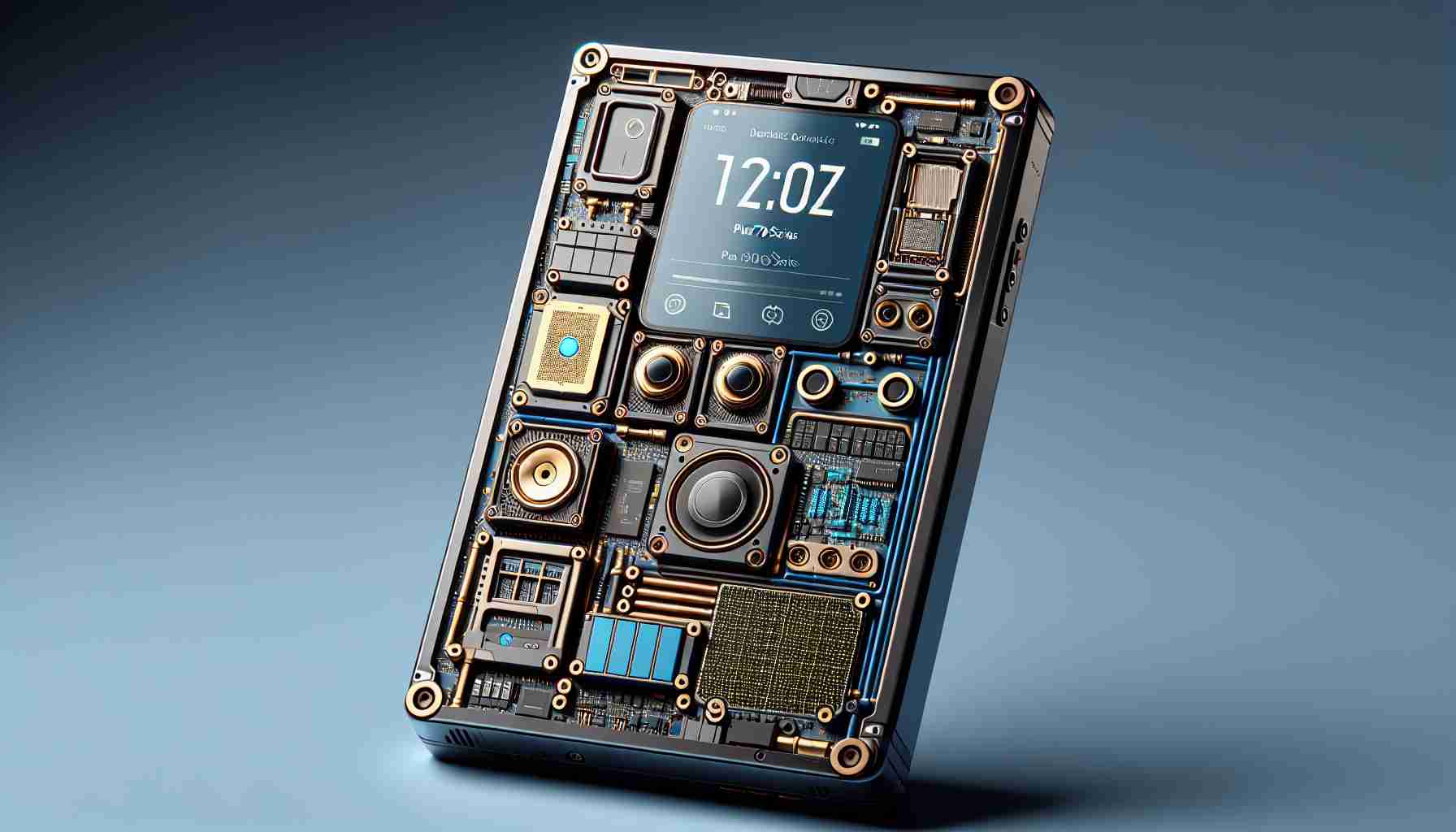Huawei’s New Smartphone Release Captivates the Market
The technological powerhouse Huawei has crowned another milestone with the introduction of their Pura 70 smartphone series on April 18. This series, highly awaited, has piqued interest around the globe with expectations of an advanced, domestically produced chip comparable to that in their preceding Mate 60 model.
Renowned for its exceptional camera quality and aesthetic finesse, the Pura series from the Shenzhen-based titan is complimenting the Mate series, which is lauded for high performance aimed at the business sector. The prior launch of the Mate 60 was celebrated as a national feat, defying US sanctions, by incorporating a sophisticated Chinese-manufactured chip. This chip is nearly on par with those found in Western behemoths such as Apple and Google.
Anticipating the Mate 70
Huawei has ventured further into the technological fore by revealing their intent to bring forward the Mate 70 smartphone in 2024. Eric Xu, the acting chairman of Huawei, presented this insight at a forum the day before the Pura 70 went on sale.
Overwhelming Demand for Huawei’s Latest Gadgets
The demand was palpable as the initial stock at Huawei’s official online store depleted within a minute as the sale commenced. Keen customers were seen queuing in metropolises like Beijing, Shanghai, and Shenzhen—an emblem of the brand’s remarkably steadfast following.
Early adopters of the Pura 70, including Lucas Zhuang, were not privy to the specifics of the internal chipset until the purchase, but the performance level hinted at 5G capabilities. Analysts expect a significant upsurge in Huawei’s smartphone distribution to touch 60 million units by the year 2024, pointing to the Pura 70 series as a pivotal driving force.
The significance of Huawei’s Progress Amid Challenges
Huawei’s prior successes, like the Mate 60 Pro launch, had indeed spiked the company’s sales, placing the Kirin 9000S chip at the center of a tech resurgence narrative. This narrative plays out against the backdrop of tightened US sanctions aimed at stymieing China’s semiconductor prowess, which Huawei confronts head-on.
Amid escalating scrutiny over export rule compliance, Huawei persists, setting ambitious benchmarks for the forthcoming Mate 70. It aspires to run wholly on HarmonyOS, Huawei’s standalone operating system, nurturing an ecosystem that challenges the likes of iOS and Android.
The Global Impact of Huawei’s Advancements
Huawei’s dedication to innovating local technology, such as the domestic chip in the latest Pura 70 series, significantly impacts the global smartphone market. As a major player, the company’s pivot to rely on homegrown technology is a strategic move, particularly in light of the US-imposed sanctions. Huawei’s efforts symbolize a broader ambition within China to achieve technological self-sufficiency and reduce reliance on foreign components, which is a response to the international trade tensions and supply chain vulnerabilities.
Questions, Challenges, and Controversies
A key question surrounding Huawei’s new releases, including the Pura 70 series, is the performance and international acceptance of their domestic chips in comparison to internationally recognized benchmarks set by companies like Qualcomm and Samsung.
Another challenge for Huawei is navigating the ongoing geopolitical tensions and the tightening of US sanctions. The company has been placed on the US Entity List, which restricts American companies from selling technology to Huawei without government approval, severely limiting its access to essential technologies.
One of the major controversies that Huawei faces is the security concerns expressed by several countries, leading to bans or restrictions in markets like the United States, the United Kingdom, and Australia, especially concerning its 5G network equipment.
Advantages and Disadvantages
The use of a domestic chip in the Pura 70 series comes with its own set of advantages and disadvantages:
Advantages:
– Reduced dependency on foreign suppliers, which is crucial amidst the current sanctions.
– The potential for greater integration between hardware and Huawei’s HarmonyOS.
– A boost to the local semiconductor industry in China.
Disadvantages:
– Potential limitations in technological capabilities compared to competitors using established chip manufacturers.
– Difficulty in appealing to international markets which may have security concerns or prefer established international brands.
– The proprietary technology could limit third-party developer support and consumer choices.
For up-to-date information on Huawei and its offerings, you can visit their official website using the following link: Huawei Official.
Please note that I do not have access to the latest data beyond my last update. For the most current information, consider checking out recent press releases and news articles from authoritative sources.
The source of the article is from the blog tvbzorg.com
